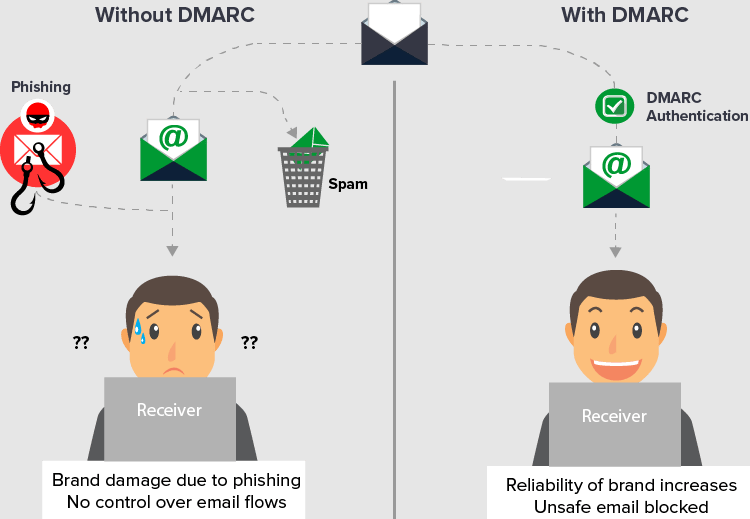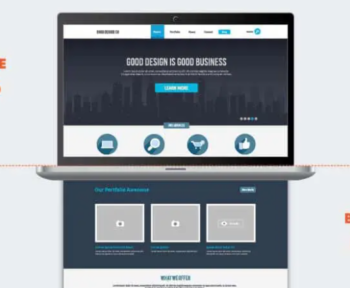You have heard many scary articles about email-based cyber attacks for many years. Social engineering has become a growing threat to corporate email, with losses from corporate email settlement scams reported to reach $ 1.2 billion in 2018 alone. Because it is relatively easy to exploit compared to other systems, email is one of the most potential targets for cyber attacks.
In the face of increasing attacks, what can MSPs do to protect their customers from compromising corporate emails? To guide MSPs in the right direction, this guide examines and describes the core of robust email security called Domain-Based Message Authentication Reporting and Conformance (DMARC) Email Security.
Table of Contents
What is DMARC?
DMARC is an email verification system designed to protect corporate email domains from being exploited by email spoofing, phishing scams, and other cybercrime. DMARC uses two existing email authentication technologies:
- Sender Policy Framework (SPF)
- DomainKeys Identified Mail (DKIM).
Email Security Solution – DMARC provides a core function for reporting. When a domain owner publishes a DMARC record for their DNS records, they can see who is sending the email on behalf of their domain. With this information, the domain owner can gain control over the emails sent on their behalf. DMARC can be used to protect your domain from email spoofing and phishing attacks.
Why is DMARC important for email security?
Since all experts agree, it’s important that your customers and website visitors trust that emails are sent through you, so DMARC email security is an important part of a robust MSP email security solution.
There are nearly four billion email accounts worldwide, making it the largest modern communication channel in existence. It is therefore not surprising that cybercriminals see the email channel as a primary target. With more than half of the companies surveyed at a recent Infosecurity conference in London reporting that they continue to deal with phishing emails on a daily basis, there appear to be no signs of a slowdown in crime on the channel.
With DMARC email protection, phishing attacks are less visible and you can get a full view of your email channels. DMARC is a powerful tool that can reduce the impact of malware and phishing attacks. In addition to helping your business avoid business email compromises and scams, it can prevent spoofing and protect your business from brand abuse.
DMARC in relationship with SPF and DKIM
Years ago, traditional email authentication methods, DKIM and SPF, provided significant protection against email spoofing and phishing scams. However, in line with the scenario of cybercriminals, they have developed attack methods to evade these security measures.
You must use DMARC, SPF (Sender Policy Framework), and DKIM (DomainKeys identified mail) to receive high-security business emails. DMARC creates the link between SPF and DKIM.
SPF is used to restrict mail servers that can send an email for the specified domain name. This framework detects and blocks email spoofing. When signing outgoing messages with DKIM, the recipient can verify that the relevant message came from the correct sender and that its contents have not been tampered with.
When you apply DKIM, it reduces the chances of email being identified as spam and discourages others from spoofing your email, especially when combined with SPF. DMARC provides the best protection when used in conjunction with SPF and DKIM.
Once implemented in your DNS records, DMARC Email Security provides you with valuable information about your email channel, which can help you set up a more comprehensive and robust email security solution.
How to implement DMARC?
The DMARC implementation process is very simple, especially if you work with a DNS Server Administrator. The DNS Server Administrator should be able to add a DMARC record to the DNS so that you can begin monitoring your selected domain. You will start receiving reports that give you an idea of where the email traffic is coming from using that domain. By doing this, you will be able to identify specific vendors, platforms, or partners that you do not know are sending emails on your behalf.





